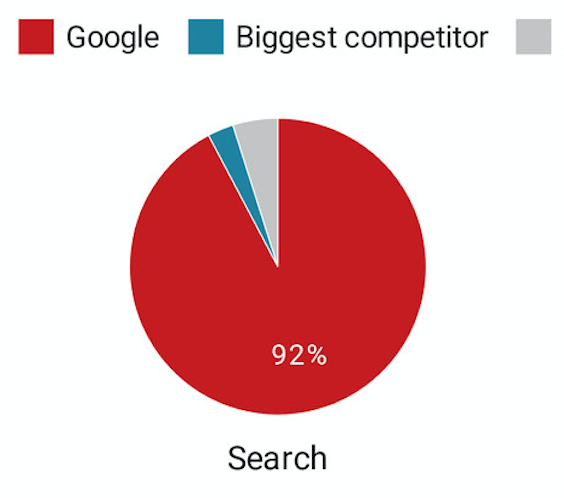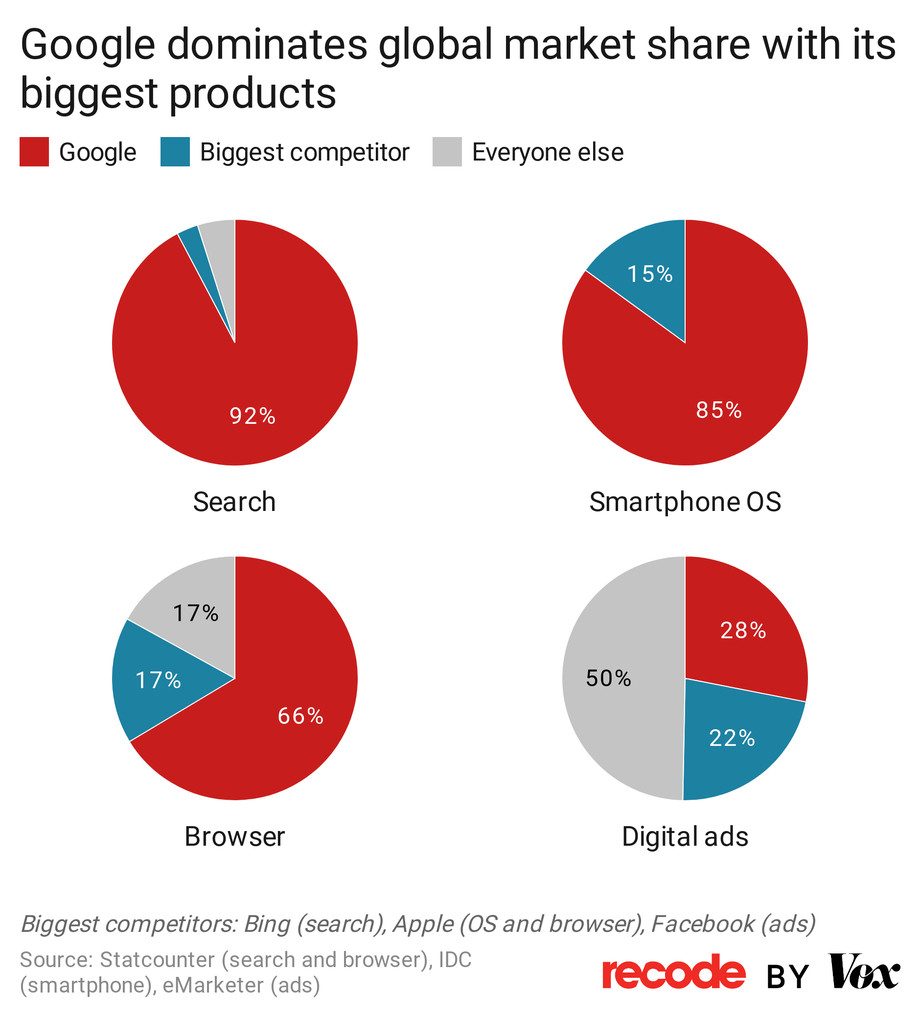Elizabeth Martin bringt es auf den Punkt: „I’ve never in my career bet against innovation or smart people being able to make things faster (…)“
Da gibt es eigentlich nichts mehr zu sagen. Die Wetten wurden abgegeben und wer noch Sachwerte (Anteile) an Unternehmen hält, die an veralteten Technologien festhalten, sollte sich spätestens jetzt neu orientieren, aber eigentlich ist das nichts neues. Wer auf Öl, Kohle, Verbrennungsmotoren, Fracking Kohleverstromung und ähnliche Anlagewerte setzt, der wettet gegen Innovation. Kann man machen, aber schlau ist das irgendwie nicht.
Mit Digitalisierung wird dagegen quasi alles schneller, einfacher, flüssiger und besser. OK, ob es wirklich besser wird für uns Menschen kann diskutiert werden, aber es wird schneller und das bedeutet Wertschöpfung. Sich hier zu engagieren macht Sinn. Mit Investments genau so, wie mit smarten Projekt-Initiativen.
Let’s invest!




